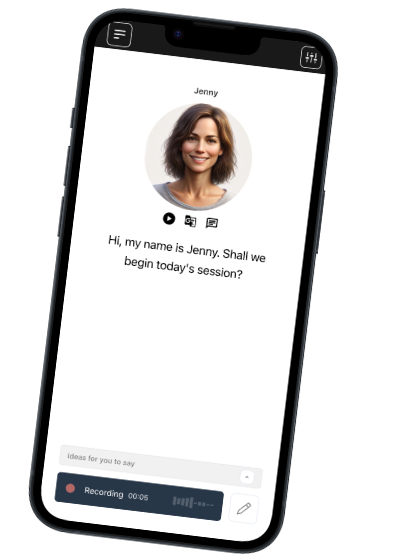Founded in Denmark. We respect your privacy.
Join a worldwide community of language learners
Do You Really Need Gendered Pronouns? Surprising Facts About Inclusive Language in Today’s World
Last updated on
Language is constantly evolving, and nowhere is this more evident than in the debate around gendered pronouns. Whether you’re learning English, Spanish, German, or Mandarin, navigating pronouns can be a challenge—not just for grammar, but for social communication. But how essential are gendered pronouns in achieving fluency and effective conversation? And what are the unexpected cultural and linguistic impacts of shifting to more inclusive forms of language? Read on to explore what the science and history reveal about gender in language. (Hint: The final section will reveal the surprising origins of a famous gender-neutral pronoun!)
The Role of Pronouns in Language Structure
Pronouns originally developed to simplify language and reduce repetition. Many languages, such as French and Spanish, make gender central to their grammar: nouns, adjectives, and pronouns can all signal gender. In contrast, languages like Turkish or Finnish do not mark gender in pronouns at all. So, do gendered pronouns really help us communicate more clearly, or do they add unnecessary complexity?
Studies suggest that while gendered pronouns are important for mastering certain grammatical rules, they are not essential to expressing meaning in daily conversation. For instance, Finnish speakers manage just fine without ever indicating gender through pronouns, and Ethnologue lists a range of world languages that use only gender-neutral options.
Moving Toward Inclusive Language
In recent years, the adoption of gender-neutral pronouns—including singular “they” in English—has grown rapidly. Organizations like British Council and researchers have documented how gender-inclusive language supports both social inclusivity and clarity in communication, especially in workplaces and educational settings. This shift isn’t just a social movement; it’s actively shaping how new generations use and understand language.
Inclusive language doesn’t only affect English. In countries like Sweden, the introduction of “hen” as a gender-neutral pronoun shows that language users can and do adapt when inclusivity becomes a priority. Learners of languages such as Spanish or French often wonder how to apply these practices in their studies, particularly since traditionally gendered grammar is an integral part of learning these languages. Using gender-neutral options and learning about the broader context can empower both language learners and native speakers to communicate more thoughtfully.
Does Gendered Grammar Influence Thought?
The Sapir-Whorf Hypothesis, which proposes that language influences worldview, has prompted researchers to ask whether using gendered language impacts how we see people and their roles in society. Studies published in peer-reviewed journals have found that speakers of highly gendered languages may be more likely to associate certain professions or activities with a particular gender. This gives weight to arguments for more gender-inclusive language as a tool for fostering equality and reducing bias.
Practical Tips for Learners
- Familiarize yourself with both traditional and gender-neutral pronouns in your target language.
- Ask native speakers about inclusive alternatives, especially in contexts where language reform is ongoing.
- If using an AI language tutor like Talkio, focus lessons on both formal (standard grammar) and informal (modern inclusive usage) speech to gain a balanced perspective.
For a deep dive into different dialects and how gender manifests in regional varieties, visit Talkio’s Guide to Spanish Accents and Dialects.
The Big Reveal: The Surprising Roots of “They”
Here’s the reveal we hinted at: The singular “they” is not simply a new fad—it has actually existed in English for over 600 years! According to linguists and historical sources, writers as early as Chaucer and Shakespeare used “they” in a singular sense when a gender was unknown or irrelevant. What’s changed recently is society’s willingness to recognize and standardize this linguistic flexibility. As debates about gender-inclusive language continue around the world, it’s clear that our pronoun choices are more than grammar—they’re a reflection of cultural values, identity, and respect.
Talk Your Way
to Fluency

Talkio is the ultimate language training app that uses AI technology to help you improve your oral language skills!
Try Talkio

